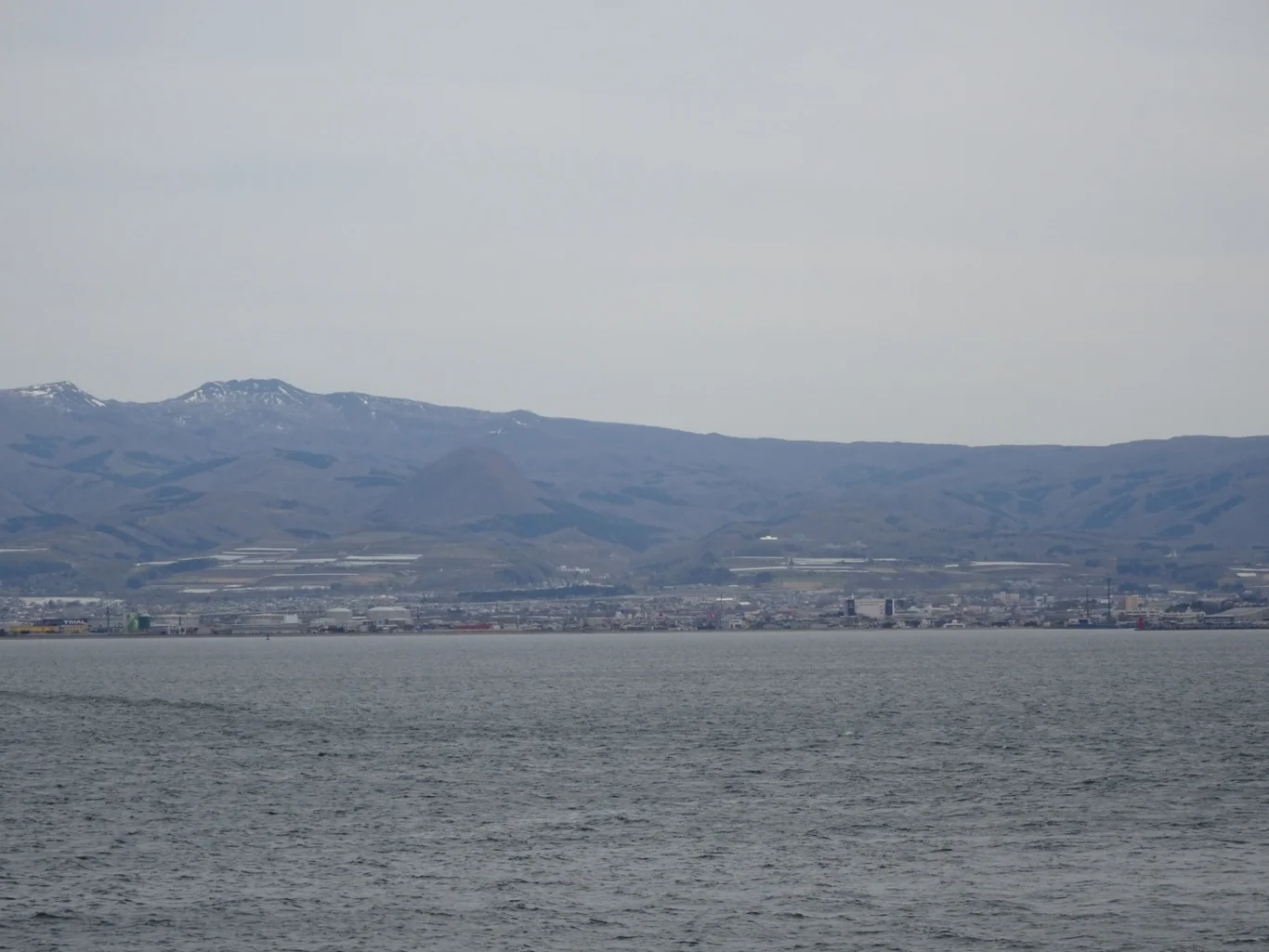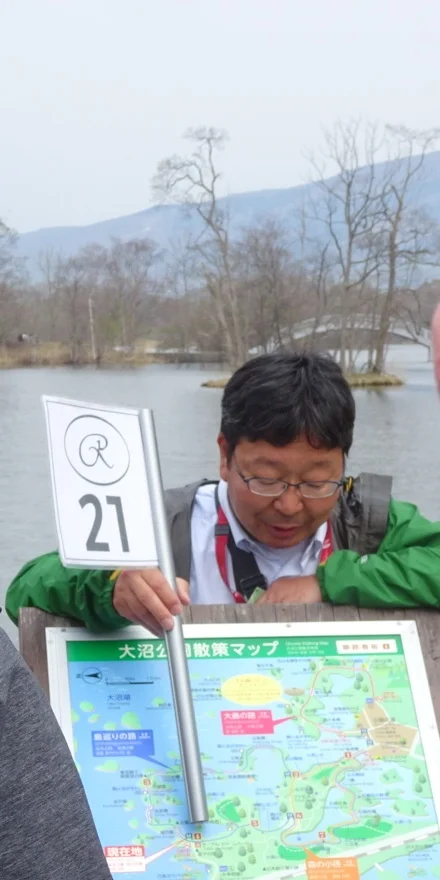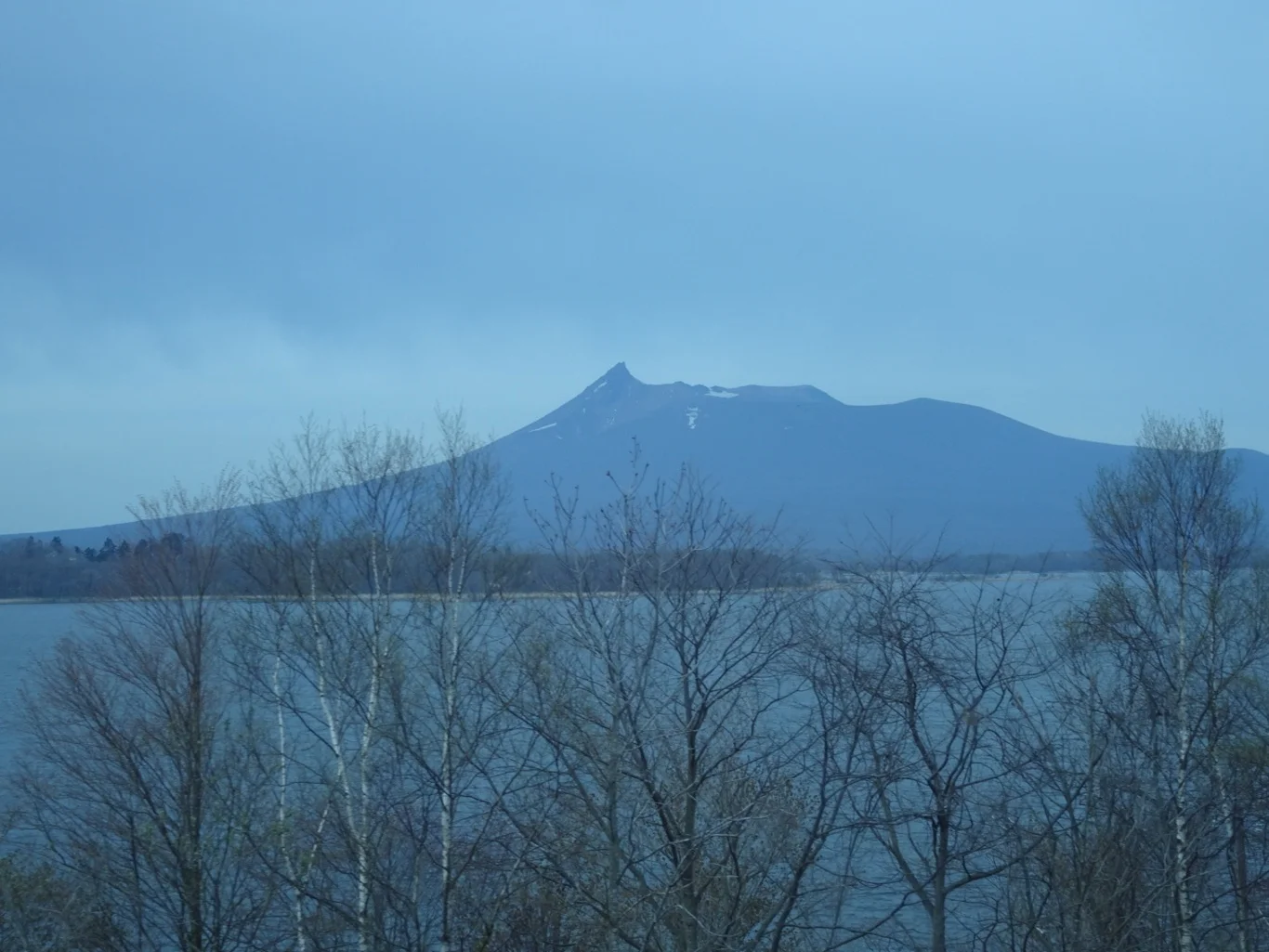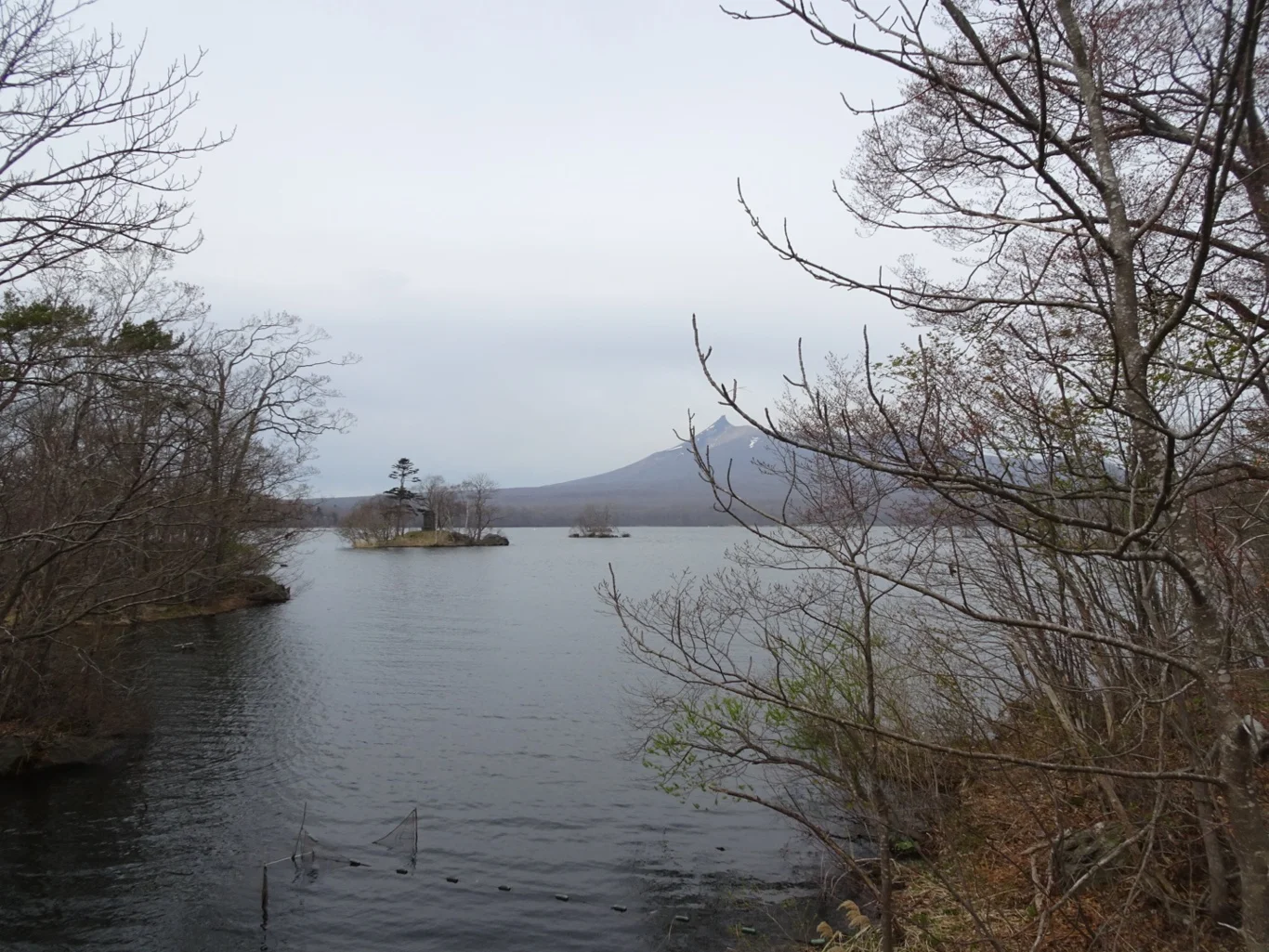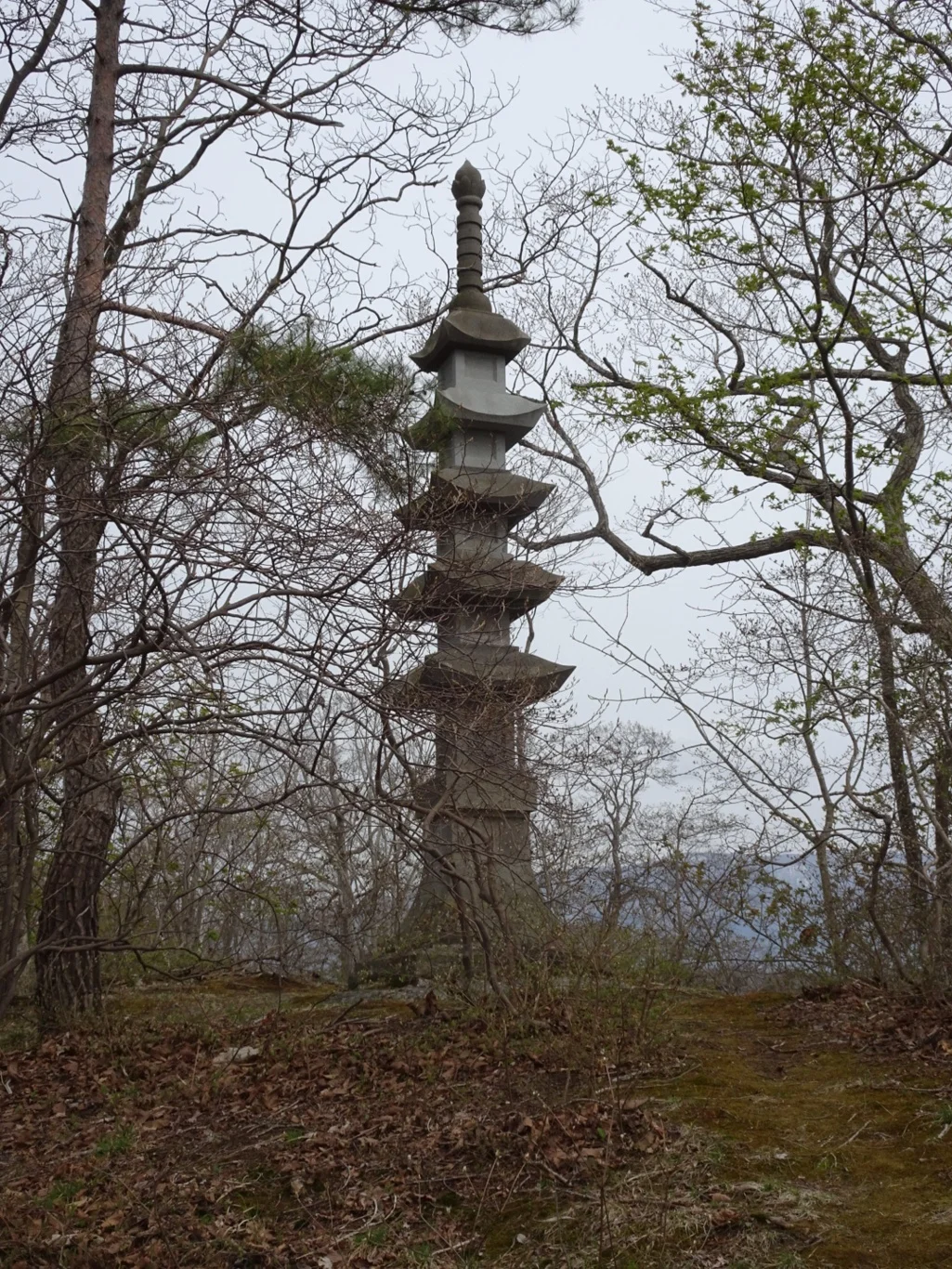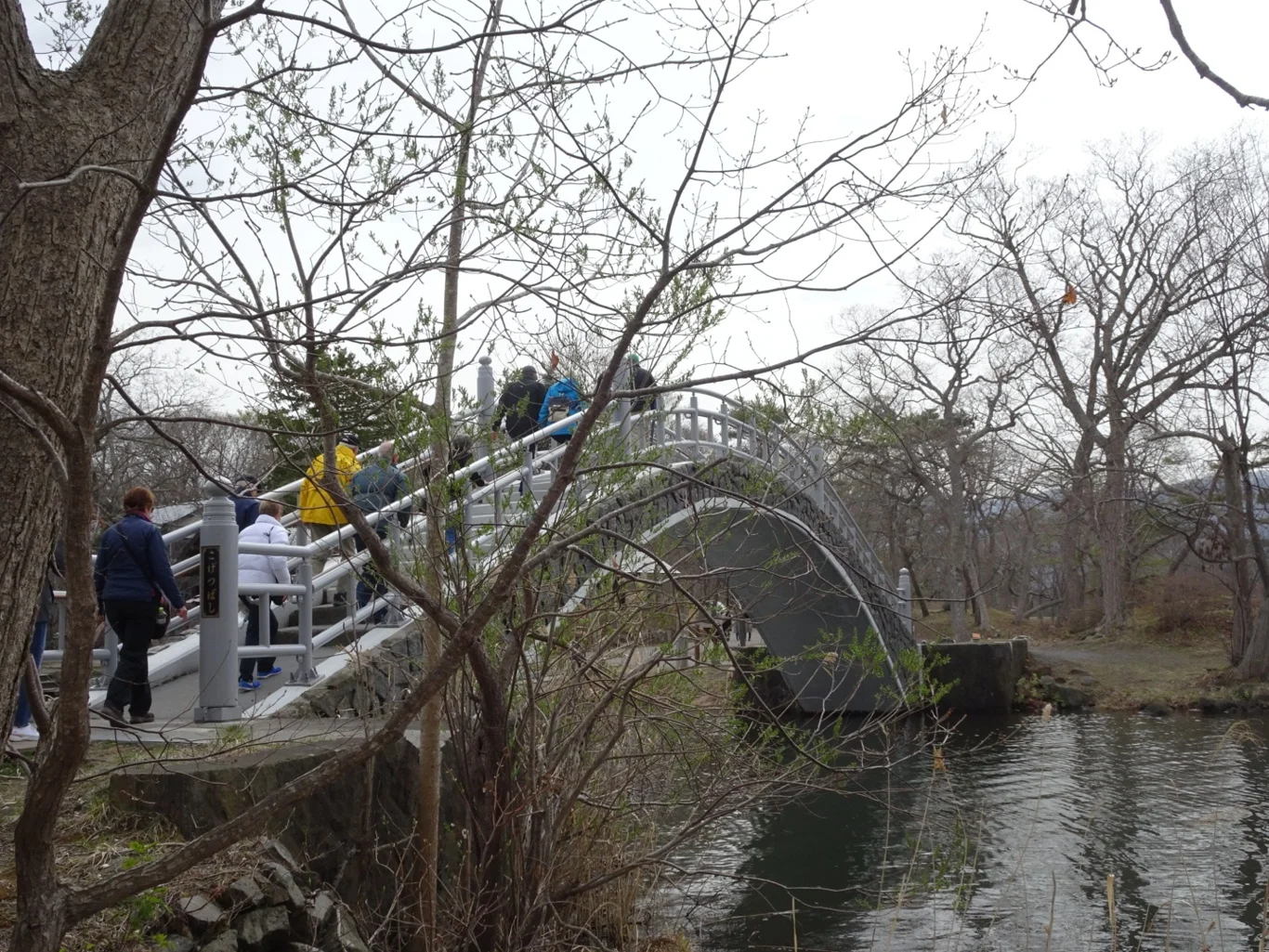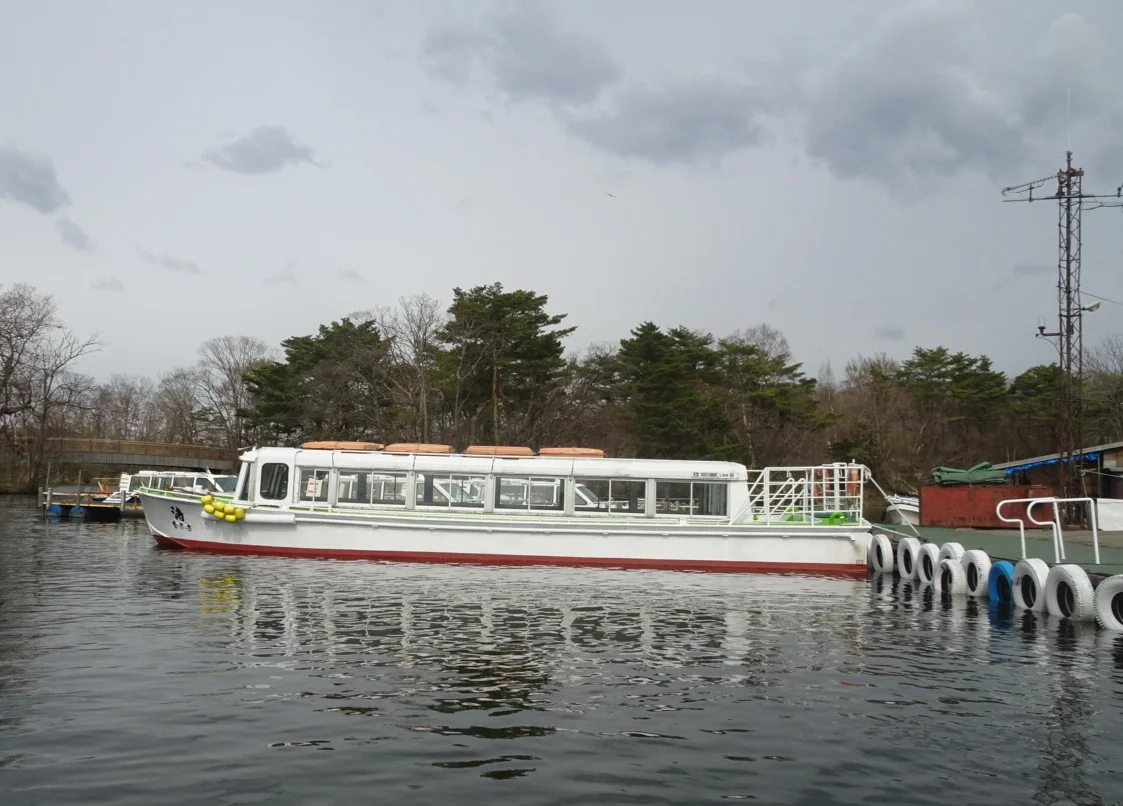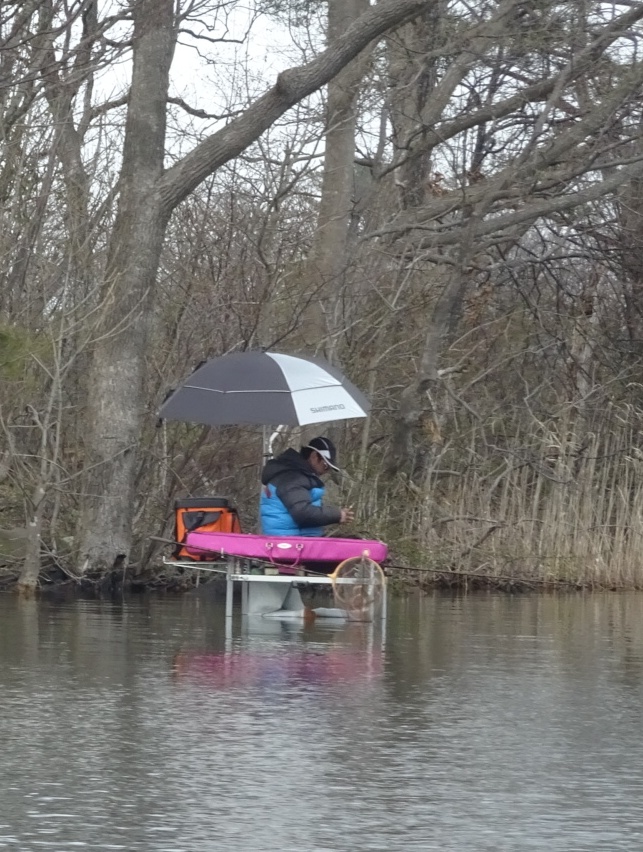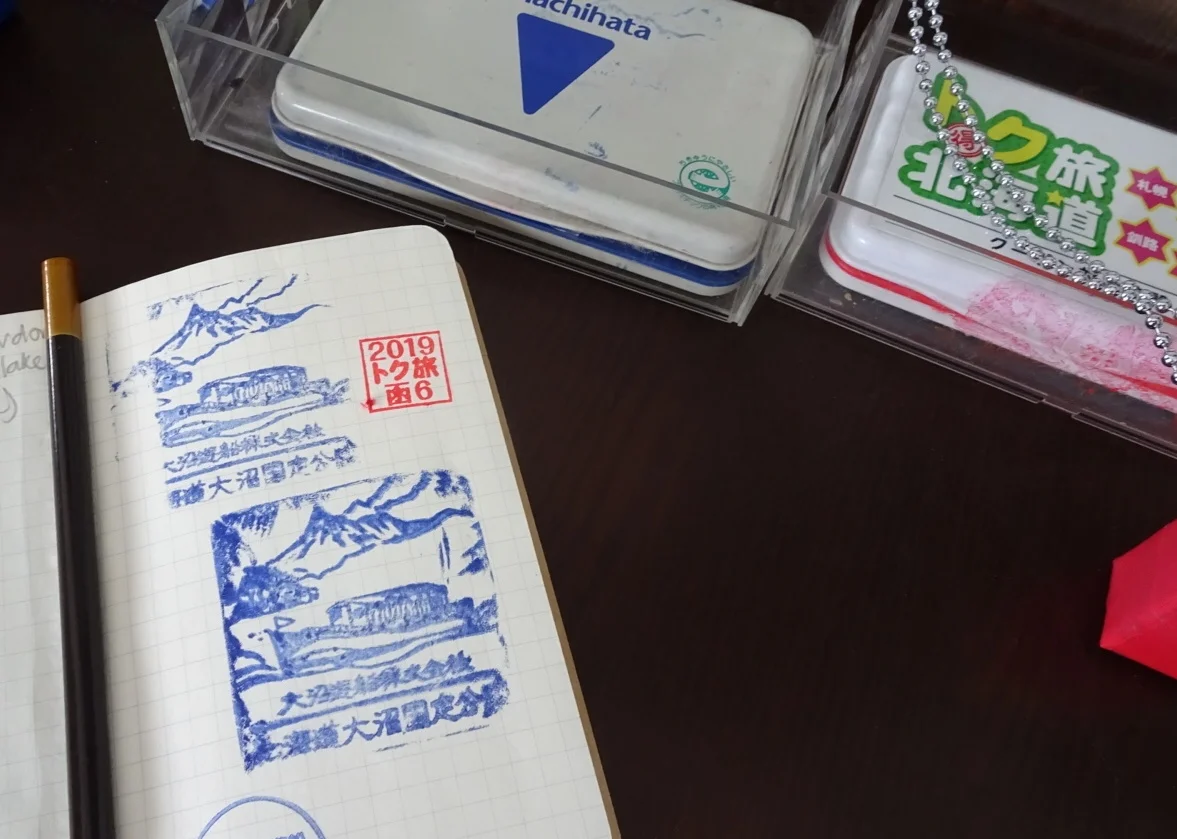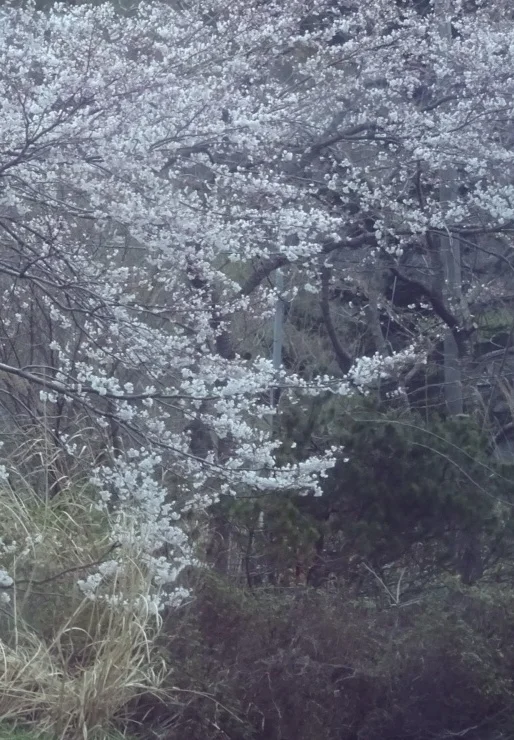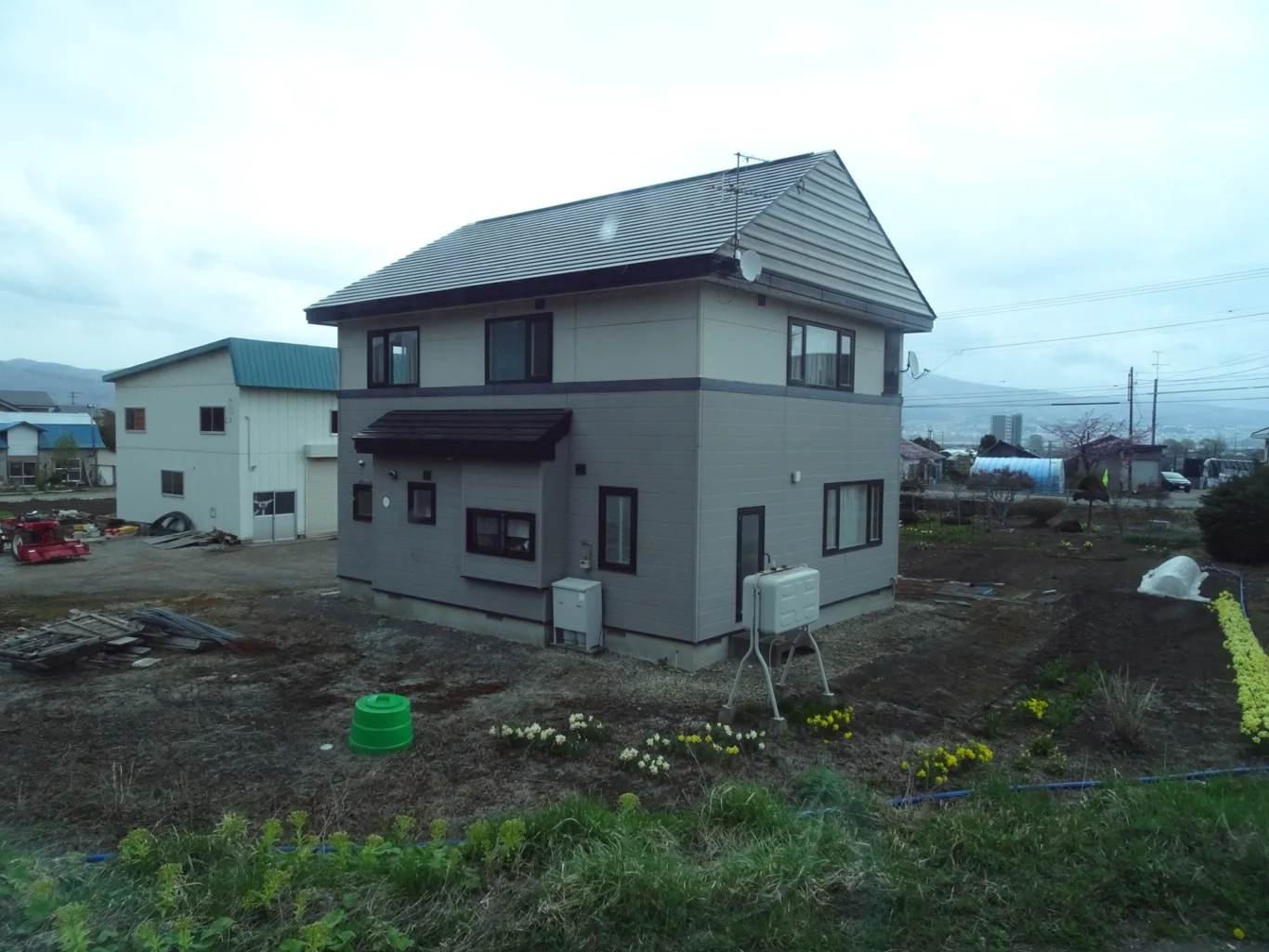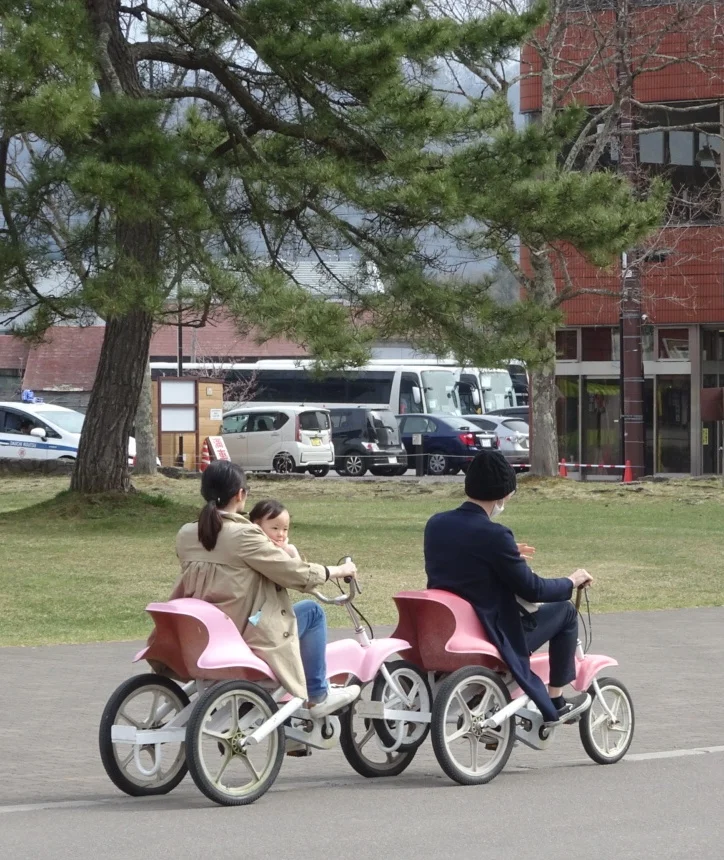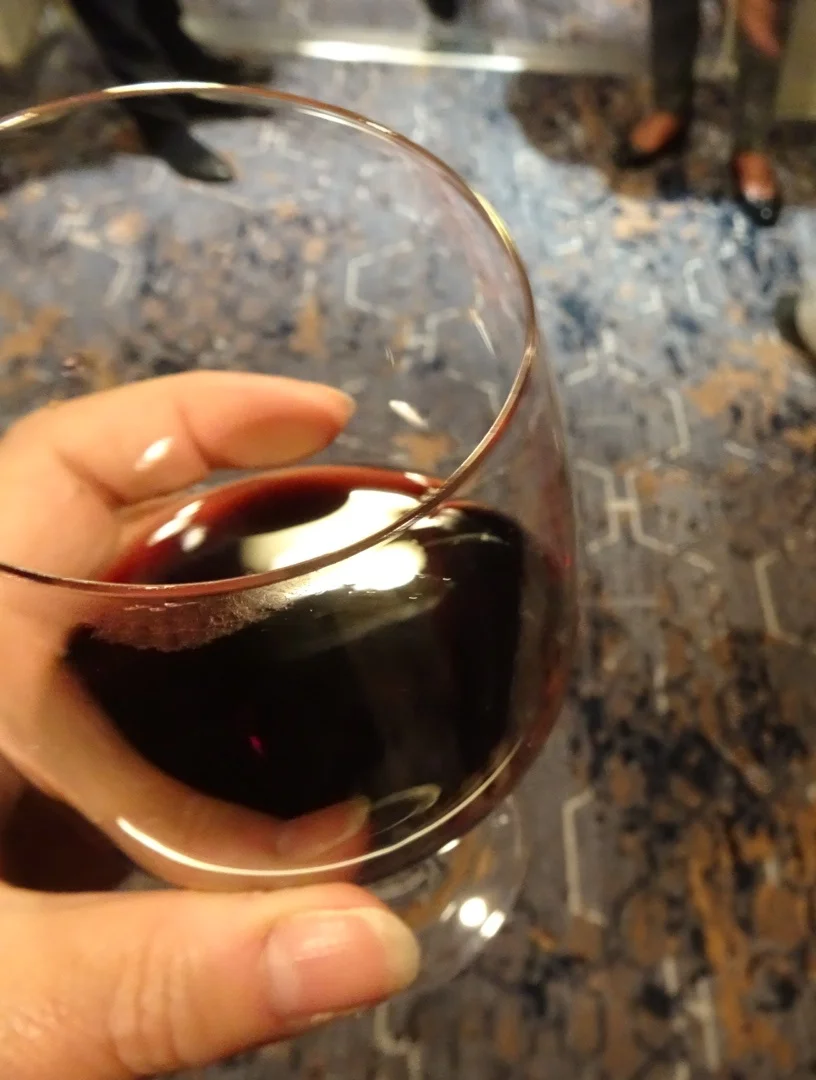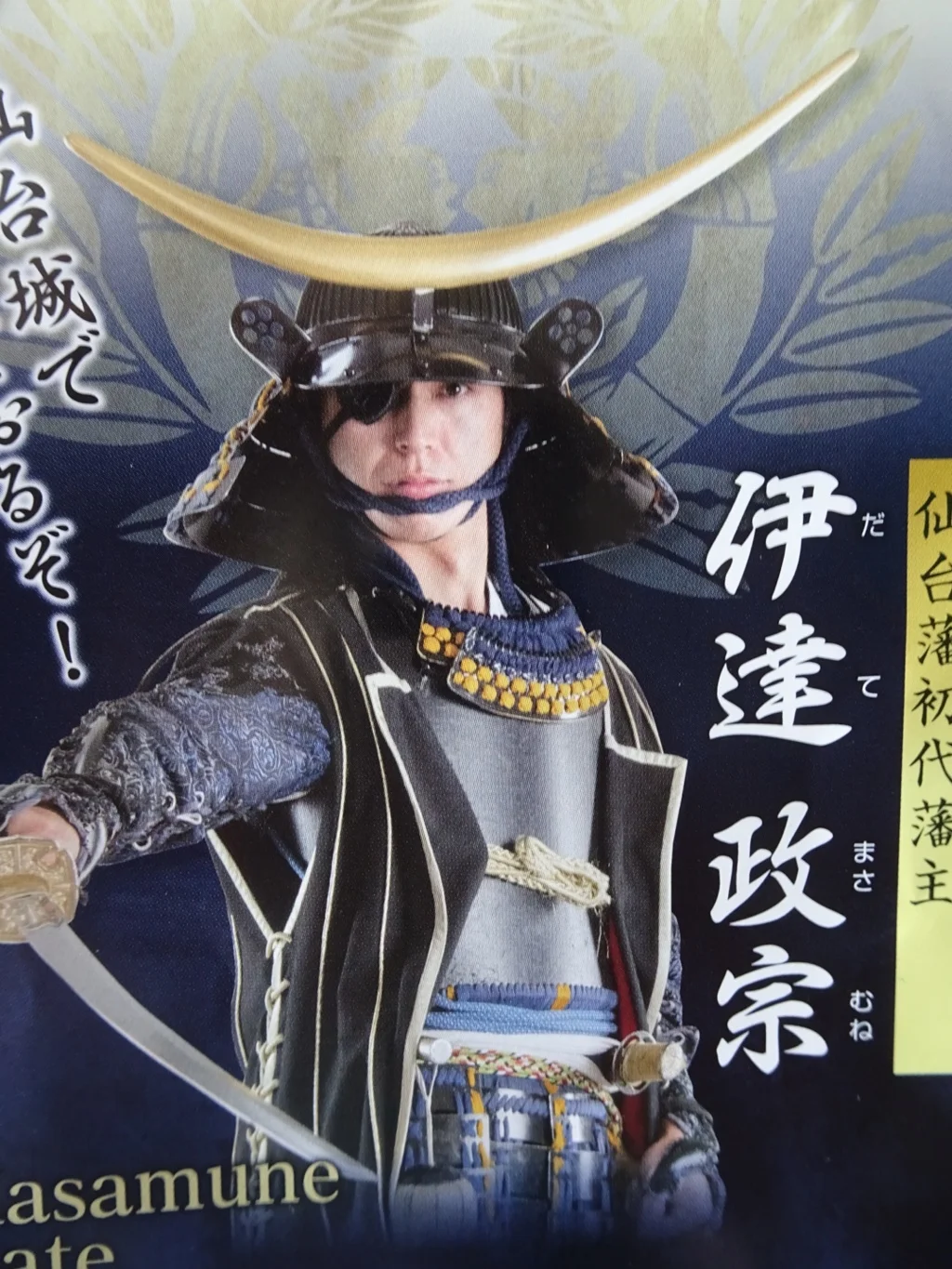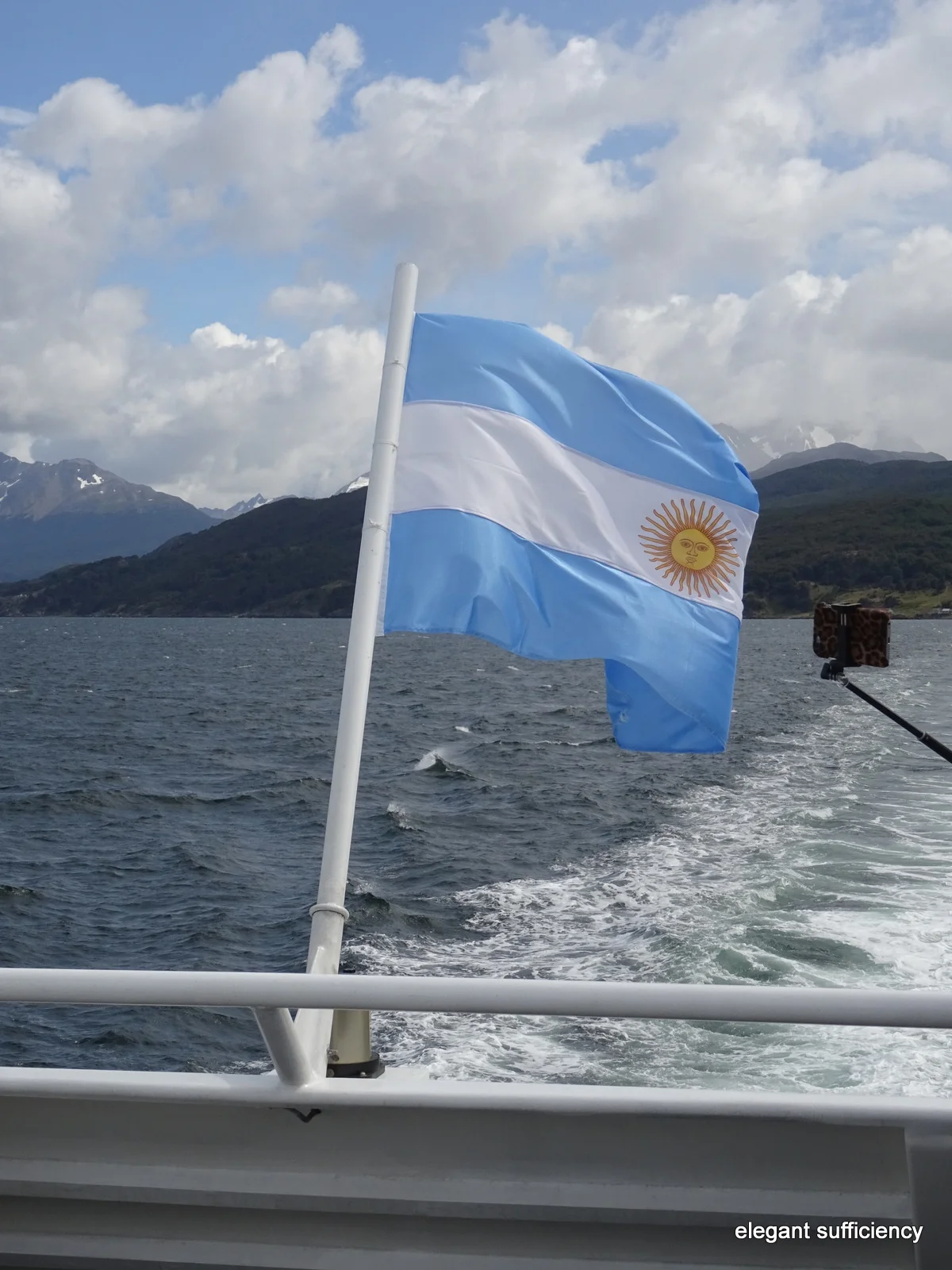The end of an era
The whole time we’ve been in Japan, we’ve been acutely aware of the current events here, in terms of the Abdication of the Emperor. The annual Golden Week holiday has been extended to ten days and the whole country is celebrating the accession of a new Emperor tomorrow and the start of a new era. Tomorrow will be year 0 of the Reiwa Era, which means that today, our last day in Japan concludes the Heisei period.
We’ve spent the day on the island of Hokkaido, the northernmost part of the country and from the moment we opened the curtains this morning, there was a distinctly chilly feel.
We were headed for a “Quasi National Park” , a little escape from the bustle of the urban environment, we thought, though once again, it was a popular choice for a holiday destination and we encountered the traffic queues well before the park entrance.
Our guide today was the fun and ebullient Roy, full of energy and a knowing grin. “I shall sing on the way home” he said, “or else you’ll have to listen to the bloody guide”
The first explanation he gave was of the skyline; the Komagatake volcano which had erupted in the 17th century in much the same way as Mount St Helens, blowing off the top of a peak which originally looked somewhat like Mount Fuji. Looking at it today, it was easy to imagine how that could have been.
We were going to take a walk around the Onuma Lake, along a gravelled pathway over a series of bridges. It was rather a pleasant walk - Roy had said it would take around 50 minutes.
The bridges linked a series of small islands, most of which had a landmark of some description upon it.
Though some of the bridges appeared quite precarious, actually they were constructed in a way that made them easy to negotiate. The walking surface was rather like that of a children’s playground - pliable and non-slip, very secure. Steps were shallow and even in rise, so no-one in our group appeared to have difficulty making their way around.
After our walk, we gathered by the boat station and got on board for a short trip around the lake. The idea was to spot wildfowl but as is often the case in such circumstances, any such creature around had long since departed for some peace and quiet somewhere else!
Instead we viewed the fishermen, trying to work out just how they were ?floating? ?sitting? ?standing? in the water with no visible means of support.
Back on terra firma, there was one thing I could spot from way off…though it still took me two goes to get a decent result!
And that was that. With a fleeting glimpse of the “Chelly blossom” , we were on our way back. Roy gave a lovely interpretation of both versions of a US Civil War anthem, also known as a college song in Japanese (which we recognised as a football chant…nothing new under the sun, eh?)
He had also been waiting for the opportunity to answer a question which someone had asked earlier in the afternoon - what was contained in the tank which we had seen in the garden of most houses here in Hakodate? (The tank on a metal frame, standing separate from the house and about 3ft from the ground). The answer was kerosene, used as heating fuel in this coldest of Japanese regions. It seemed a primitive answer to a basic requirement and another of those surprisingly low-tech traditions in this very high tech country.
Sadly, it was time for us to say goodbye, not only to Roy and Hakodate, but also to Japan, as we completed the emigration process on arrival back at the ship and sailed away, bound for Petropavlovsk. Yet again, on this our sixth visit, we leave planning our seventh. The country and its people continue to delight and enchant us and I hope it will not be long before we return.
It will be in the Reiwa Era, though.








